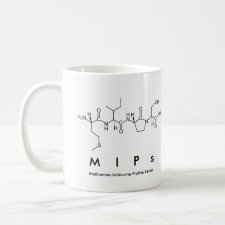
Authors: Visconti A, De Girolamo A
Article Title: Fitness for purpose - Ochratoxin A analytical developments.
Publication date: 2005
Journal: Food Additives and Contaminants
Volume: 22
Issue: (Suppl. 1)
Page numbers: 37-44.
DOI: 10.1080/02652030500410307
Abstract: Laboratory accreditation involving third party auditing, the use of validated methods and participation in laboratory proficiency testing are essential elements for laboratory quality assurance in relation to ochratoxin A (OTA) analysis. A number of methods, mainly based on liquid chromatography (LC) with fluorescence detection (FD), coupled with immunoaffinity column or solid phase extraction cleanup, have been collaboratively validated and adopted as official standards for OTA determination in a variety of foods, including cereals, coffee, wine and beer. Enzyme-linked immunosorbent assays (ELISA) kits are widely used as screening methods for the occurrence of OTA in food. Novel technologies using anti-OTA antibodies (electrochemical immunosensors, fluorescence polarisation, lateral flow devices, enzyme-based flow through membranes. and surface plasmon resonance biosensors) have been proposed for rapid analysis of OTA in food and beverages, and may be applied for in situ measurements. Validation of these immunochemical methods and commercial kits is required. Liquid chromatography-mass spectrometry represents an adequate alternative to LC-FD particularly in the area of multi-mycotoxin analysis. OTA specific molecularly imprinted polymers are currently considered for cleanup as a potential and cheaper alternative to immunclaffinity or solid-phase extraction sorbents
Template and target information: Review - analysis of ochratoxin A
Author keywords: ochratoxin A, immunochemical methods, proficiency testing, Biosensors, food analysis, Molecularly imprinted polymers



Join the Society for Molecular Imprinting

New items RSS feed
Sign-up for e-mail updates:
Choose between receiving an occasional newsletter or more frequent e-mail alerts.
Click here to go to the sign-up page.
Is your name elemental or peptidic? Enter your name and find out by clicking either of the buttons below!
Other products you may like:
 MIPdatabase
MIPdatabase









